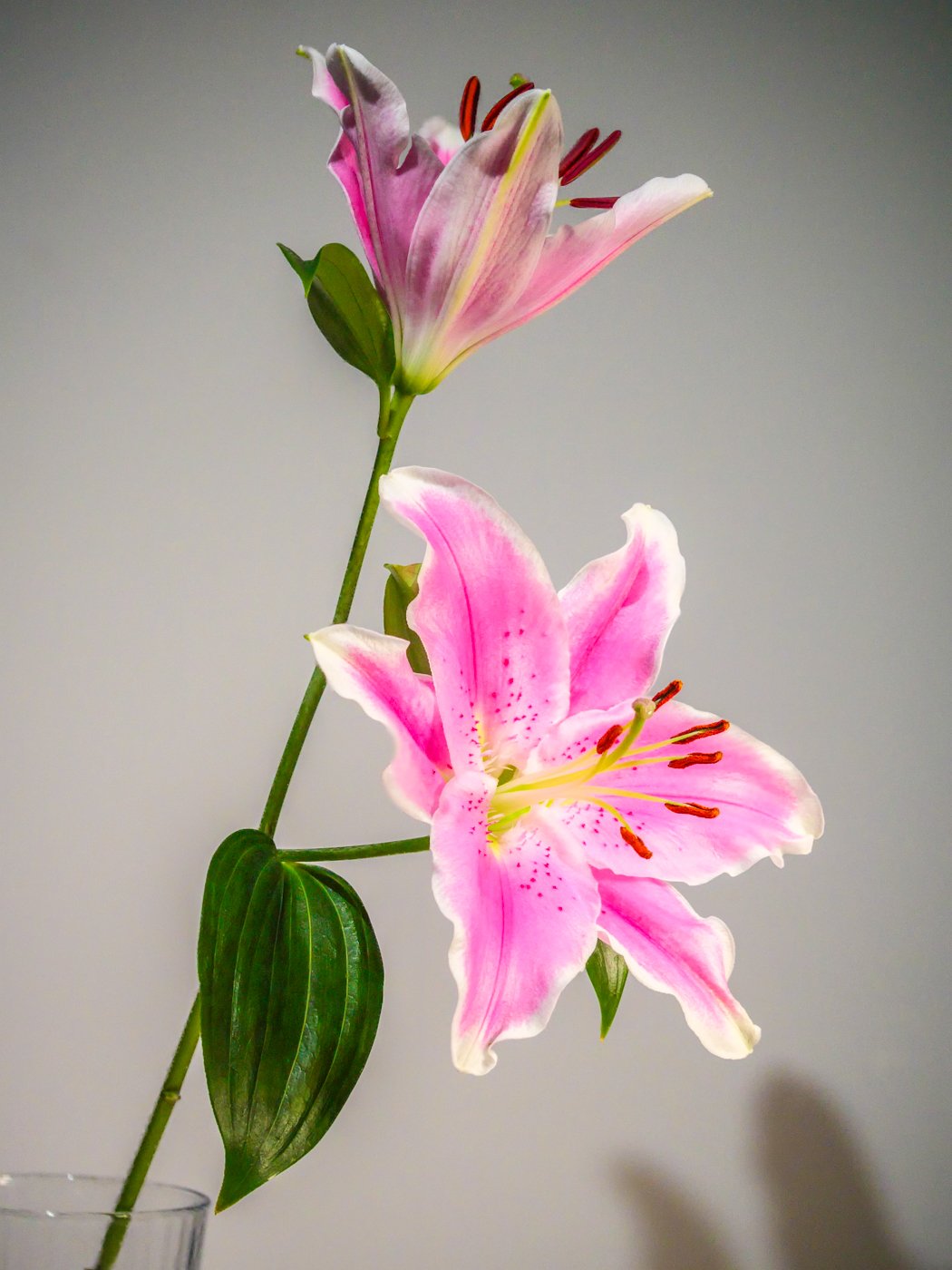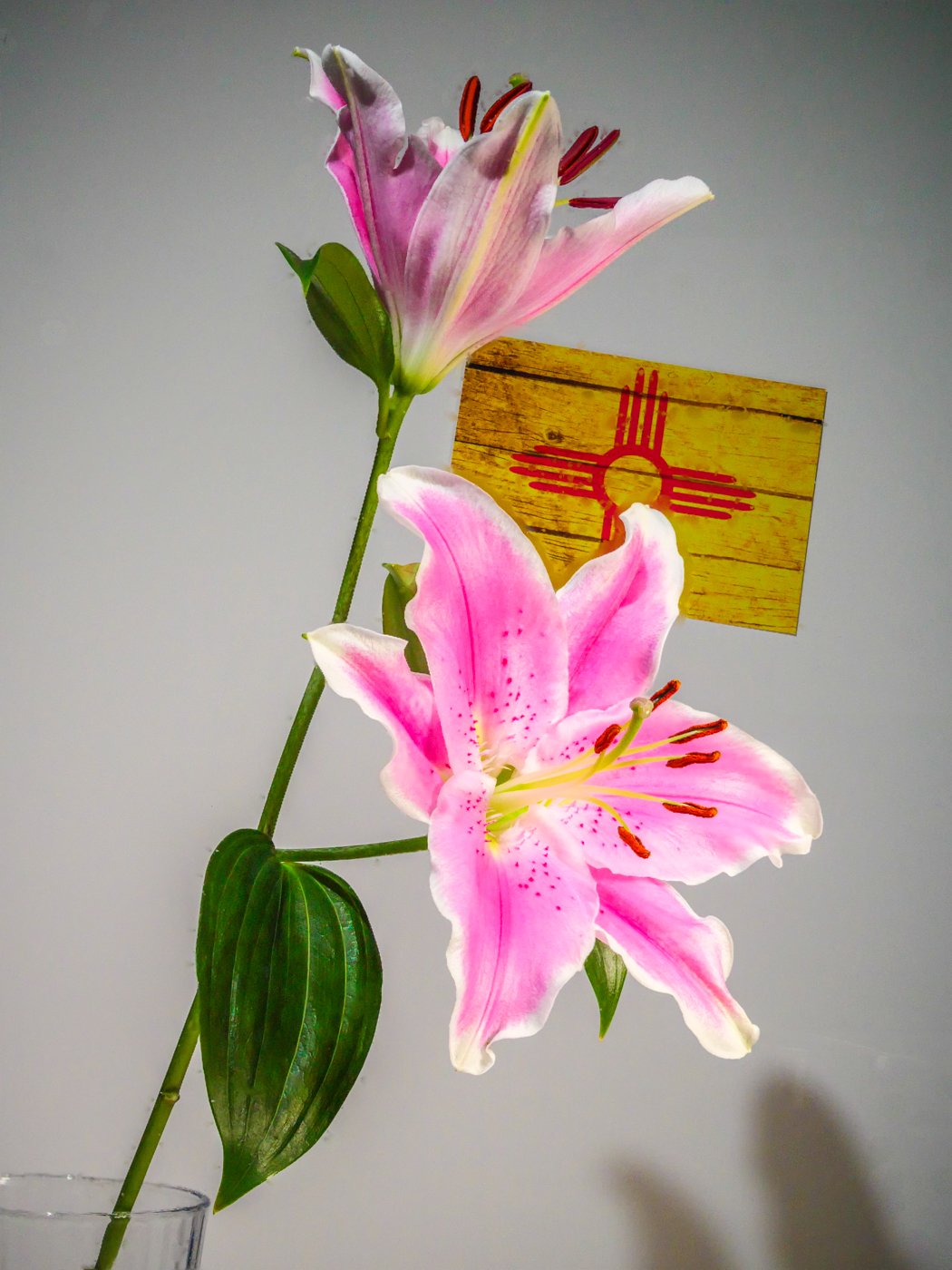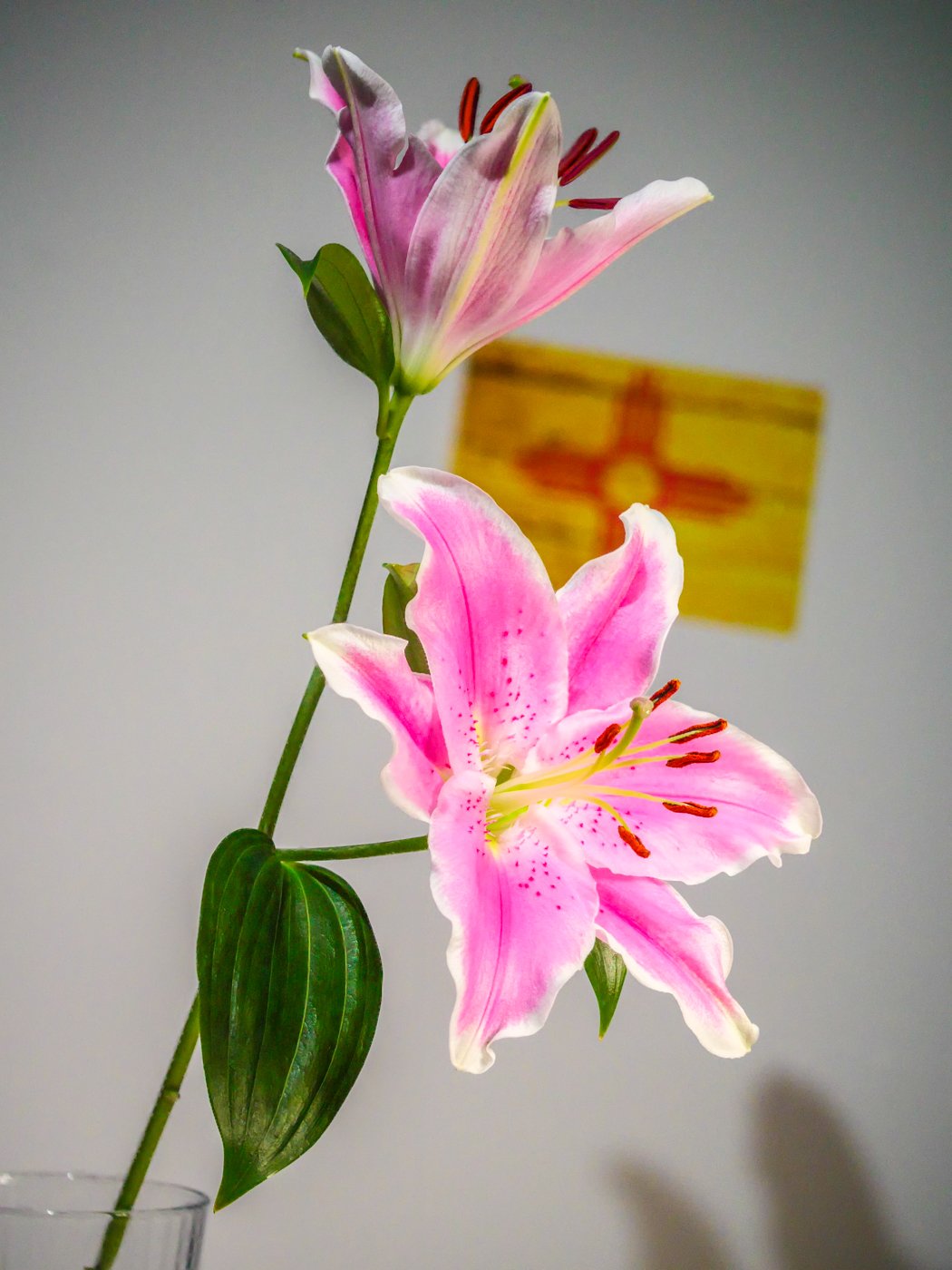Post Focus & Focus Stacking
Just posted my latest YouTube episode on Post Focus and Focus Stacking
The Lumix G9 and Post Focus
 I have been asked this many times and no matter how much I explain it there is still some confusion. Basically, the Post Focus function in the supporting Lumix cameras rely on the high-resolution video capability in conjunction with focus racking to capture a sequence of images that can be selected by defining the plane of focus. So as an example, if you were to set up a yardstick and let the camera take a post-focus image - the camera would focus on the nearest point to the lens take an image and then gradually refocus a bit further out and take another image till it reached the end of the frame at the farthest point. There would be a series of images each one at a different point of focus. Note however that this sequence is captured using the video mode of the camera. Once the images are captured, the camera does internal processing that then allows you to tap on the screen to select the image that has the best focus at that selected point. You can then opt to save this selected image. Supporting this function is post-capture peaking to confirm focus and in addition, you can magnify the image for a selective selection.This feature is further augmented with a merge function. You can merge all the images captured into a single image that is tack sharp from the closest focus point to the farthest. However what is even more useful, particularly if you use large apertures for a shallow depth of field and you want to keep your background out of focus. You can select the range you want to merge and thereby leave the remainder of the scene out of focus.The following image that I used as the lead image was captured in post focus and merged in its entirety.
I have been asked this many times and no matter how much I explain it there is still some confusion. Basically, the Post Focus function in the supporting Lumix cameras rely on the high-resolution video capability in conjunction with focus racking to capture a sequence of images that can be selected by defining the plane of focus. So as an example, if you were to set up a yardstick and let the camera take a post-focus image - the camera would focus on the nearest point to the lens take an image and then gradually refocus a bit further out and take another image till it reached the end of the frame at the farthest point. There would be a series of images each one at a different point of focus. Note however that this sequence is captured using the video mode of the camera. Once the images are captured, the camera does internal processing that then allows you to tap on the screen to select the image that has the best focus at that selected point. You can then opt to save this selected image. Supporting this function is post-capture peaking to confirm focus and in addition, you can magnify the image for a selective selection.This feature is further augmented with a merge function. You can merge all the images captured into a single image that is tack sharp from the closest focus point to the farthest. However what is even more useful, particularly if you use large apertures for a shallow depth of field and you want to keep your background out of focus. You can select the range you want to merge and thereby leave the remainder of the scene out of focus.The following image that I used as the lead image was captured in post focus and merged in its entirety. For this next Post-focus demonstration I placed a postcard on the background and merged the entire set of images. As you can see the postcard is in focus as are the flowers.
For this next Post-focus demonstration I placed a postcard on the background and merged the entire set of images. As you can see the postcard is in focus as are the flowers. Next, I used the same Post-Focus set but this time iI selected just the range I wanted, just the flowers and executed the merge. The following is the resulting image with the postcard nicely blurred:
Next, I used the same Post-Focus set but this time iI selected just the range I wanted, just the flowers and executed the merge. The following is the resulting image with the postcard nicely blurred: I hope this gives you a better understanding of the power of this feature and the many ways you can use it. Please note that when these images are captured using 6K Photo Mode, the resulting images are 18 MP and suitable for very large enlargements when processed with the appropriate software.
I hope this gives you a better understanding of the power of this feature and the many ways you can use it. Please note that when these images are captured using 6K Photo Mode, the resulting images are 18 MP and suitable for very large enlargements when processed with the appropriate software.
Panasonic Lumix Post Focus Stack vs. Racked Focus Stacking
This comparison was done using the in camera "Post Focus" feature of the Lumix GX85 for one image and an automated focus rack of the same number of images (40 total) as RAW files. The "Post Focus" video was rendered into an image sequence using Photoshop and the output files were generated as TIFF. Both sequences were stacked using Helicon Focus using the Depth Map option for stacking. Each stack was saved as a TIFF file. The images were cropped to proportion and exported using Lightroom. Both stacks are excellent, further validating the viability of the "Post Focus" capability of Lumix cameras. The lens used was the Lumix H-HS030 30mm f/2.8 macro at f/4.0, ISO 200, 1/100 sec.Please click on the images for a larger view.


